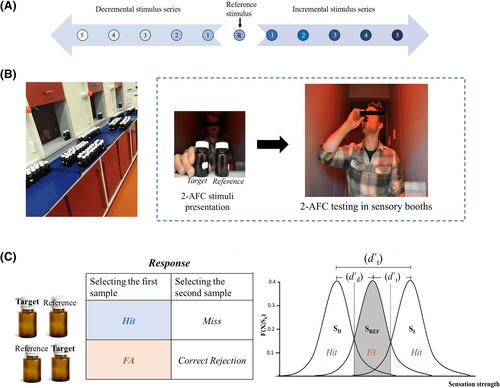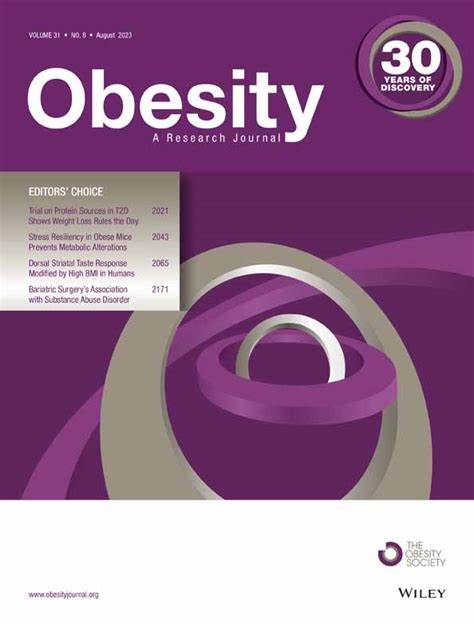Taste sensitivities mediate differential snack choices across BMI groups: a study with New Zealand young male individuals
Abstract
Objective
This study aimed to: 1) test for the link between snack choices and BMI using a novel sensory-based classification method; and 2) elucidate the role of gustatory sensitivity in orienting snack choices.
Methods
The study employed a dual approach involving sensory and nutritional assessments. Ninety-eight European male individuals were tested for gustatory sensitivities to sweetness, saltiness, umami, and lipid perception. Participant food intake was measured over 4 days. A separate cohort of 327 participants categorized the recorded snacks based on taste patterns, enabling profiling of snack choices across body-weight groups.
Results
Results showed clear differentiations in snack choices across the BMI groups: Individuals with a higher BMI consumed more "Sweet" and "Sweet+Fat" snacks and less "Savory" snacks compared with the lower-BMI group (p < 0.05). Mediation analyses confirmed a significant effect of gustatory sensitivity, showing that the greater choice for "Sweet" and "Sweet+Fat" snacks among those with a higher BMI was mediated by sensitivities to sweetness and lipid perception (p = 0.008–0.044).
Conclusions
Our study revealed that gustatory sensitivity can mediate the relationship between BMI and energy consumption from different snacks. These findings highlight the significance of taste perception in shaping snack choice, suggesting potential strategies for interventions aimed at addressing gustatory sensitivity to promote healthier dietary preferences.


 求助内容:
求助内容: 应助结果提醒方式:
应助结果提醒方式:


